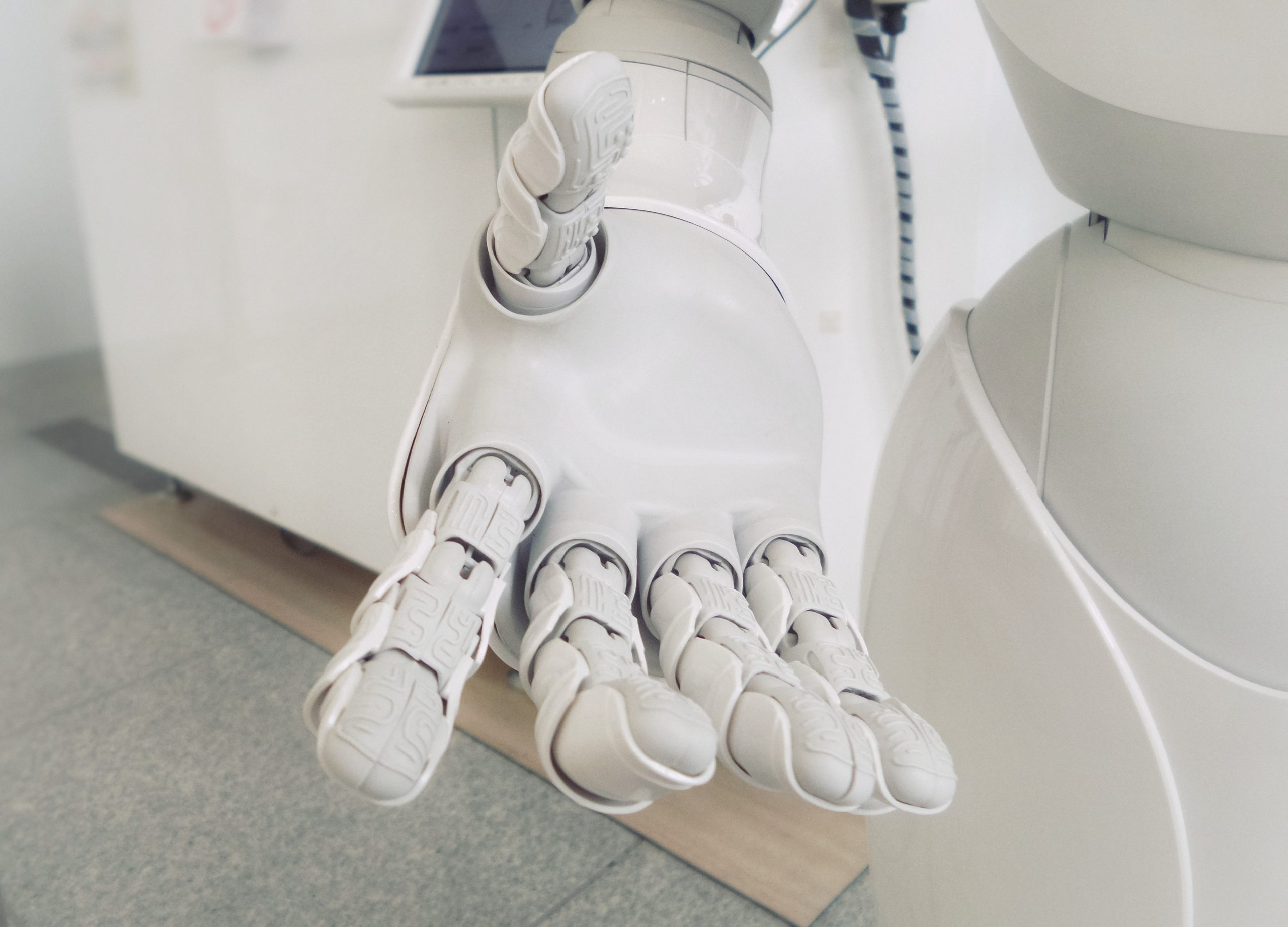Over the last few years, AI has appeared in practically every aspect of our technological lives. From our smartphones to our social media platforms, numerous companies are racing to create the most advanced version of AI.
Never one to stay behind, Microsoft has joined the fray and entered the market vigorously. With the launch of Windows Copilot deployed to millions of PCs internationally, even users with no interest in AI or what it can do will see it on their taskbar, in their applications, and when they browse the web.
With the industry anticipating the imminent launch of the next iteration of the ubiquitous operating system, Windows 12, many have asked if AI will continue to be the future for Windows. To answer this, we’ve looked at Microsoft’s relationship with AI and how it has utilized it until now.

Microsoft AI
The first thing to note about Microsoft and its flagship product, Windows, is that the Copilot offered is not its own AI technology. In fact, Microsoft’s own AI comprises multiple projects that the company is working on to create an artificial intelligence that rivals OpenAI’s ChatGPT.
Recent reports state that the latest rival being coded by the software giant is called MAI-1 and consists of more than 500 billion parameters. While impressive, this still falls short of ChatGPT-4’s 1.76 trillion parameters.
Other AI projects underway at Microsoft include WizardLM-2 and Phi-3, neither of which is actively used in the Windows ecosystem. In fact, some, like WizardLM-2, which was removed just hours after it was released, have come and gone without any significant impact.
Despite this, with each new update, Windows is becoming increasingly overwhelmed by AI as it sneaks into more and more Windows applications.
Microsoft and OpenAI
This steadfast avalanche of AI comes from Copilot, Microsoft’s AI powered by ChatGPT. The core of Copilot is unsurprising, given Microsoft’s long (and expensive) relationship with ChatGPT creator OpenAI.
Founded in 2015 with the vision of creating an AI that will help humanity do things more efficiently, OpenAI quickly realized extensive funding would be needed to achieve that dream. In 2019, before the public release of ChatGPT, Microsoft invested $1 billion in the non-profit.
This initial investment was followed by an undisclosed amount in 2021 and an estimated $10 billion in 2023. In addition, Microsoft has helped the advancement of the ChatGPT AI by allowing OpenAI almost unlimited access to the Microsoft Azure Cloud Computing environment, which provides the necessary computing power for the AI.
In 2023, Microsoft officially solidified its partnership with OpenAI by launching Copilot across numerous apps and providing full integration with Windows. With the AI assistant now live on millions of devices, the company’s reliance on ChatGPT is absolute until Microsoft AI can catch up.
Copilot in Windows
As mentioned, Copilot officially launched globally in 2023. The assistant, meant to be your copilot in daily activities on your device, has a dedicated place on the taskbar and can be called upon by pressing the Windows button on your keyboard alongside the C key.
Aside from its integration into the Windows global ecosystem, Copilot has also been injected into many of the most popular Windows applications. Microsoft 365, the company’s flagship office suite, features Copilot to help summarize documents, identify key action points raised in Team meetings, and make presentations more visually striking.
Currently circling the insider preview ring is Cocreator in Microsoft Paint, which helps create incredible art using the age-old graphic design program. Snipping Tool and Clipchamp are also granted AI companions, with AI working to extract text from snips quickly and helping to auto-assemble videos, saving time and effort.
As AI infiltrates various Windows programs and applications, Microsoft also encourages developers to join the party and add their AI to the Windows ecosystem. The release of the Windows AI Studio makes this easy and allows developers to use cutting-edge technology to develop their own AI assistants.
These can be easily deployed using Small Language Models (SMLs) and integrated into the Azure AI studio to simplify finding a base AI. They can then be expanded and released to further introduce AI into the Windows environment and provide even more user convenience.
AI Hardware
If any doubts exist about whether Microsoft is pushing Windows into the future with AI, the new launch of AI-powered PCs should dispel them. These machines are being released with dedicated Copilot keys on their keyboards, allowing one-touch access to the assistant.
A single new key isn’t all that is changing, however. Under the hood, these new PCs are being released with neural processing units (NPUs). These are separate processors for the exclusive use of AI calculations and processing.
Having a separate processor just for AI may sound like overkill. However, with greater reliance on AI, as people adapt to using it, and the ever-growing number of artificial intelligence assistants present in Windows, these NPUs are essential in reducing strain on your regular CPU and GPU.
The Future of Windows
Saying that AI is the future of Windows is somewhat of a misstatement because AI is not in Windows’ future; it is here and now. A steady stream of AI integrations has been added to the operating system and its subprograms. This injection doesn’t seem likely to let up, with more developers creating new AI assistants and tools daily.
This advancement will continue as these assistants allow us to do things like automate tasks, explore an assortment of games just by asking to find them, and generally use our time more efficiently. With this advancement, greater reliance on AI tools in Windows will also continue to grow.
Although Windows 12 may have been put on ice for now, there is no doubt that when the next flagship of the famed operating system launches, it will be injected with AI from top to bottom. In that sense, AI is both the present and future of the Windows ecosystem.